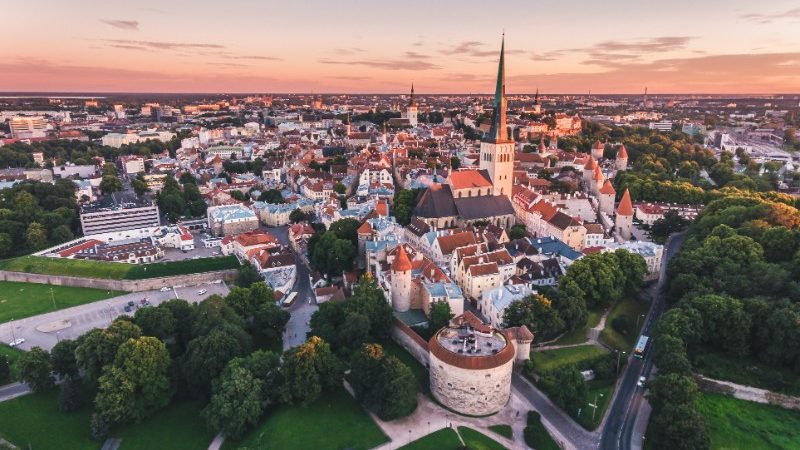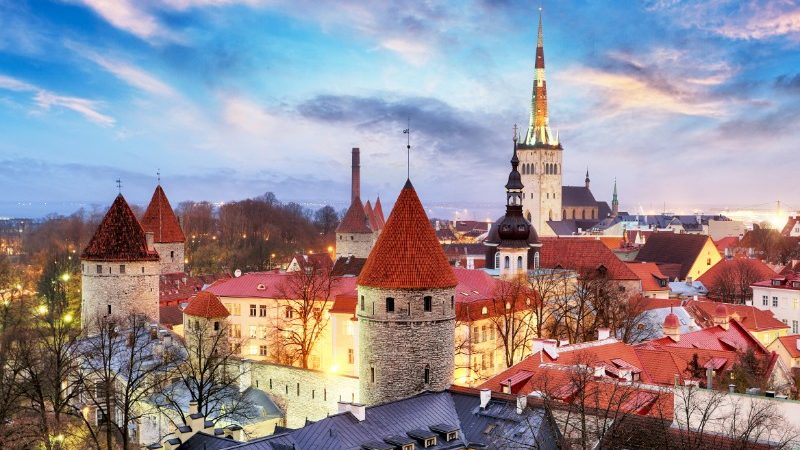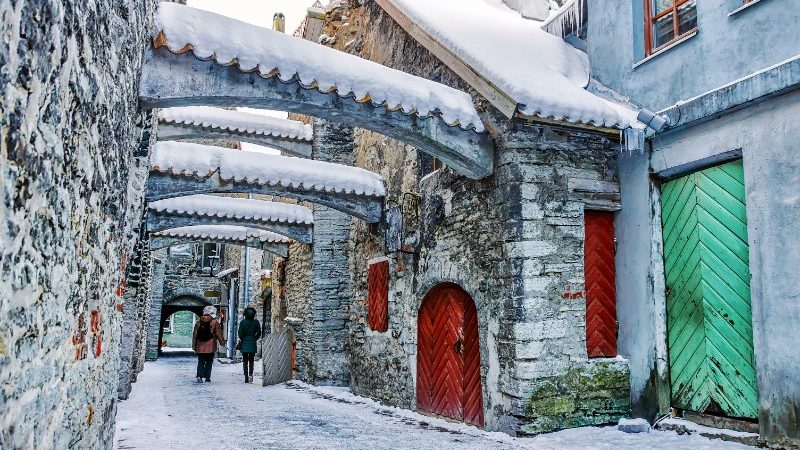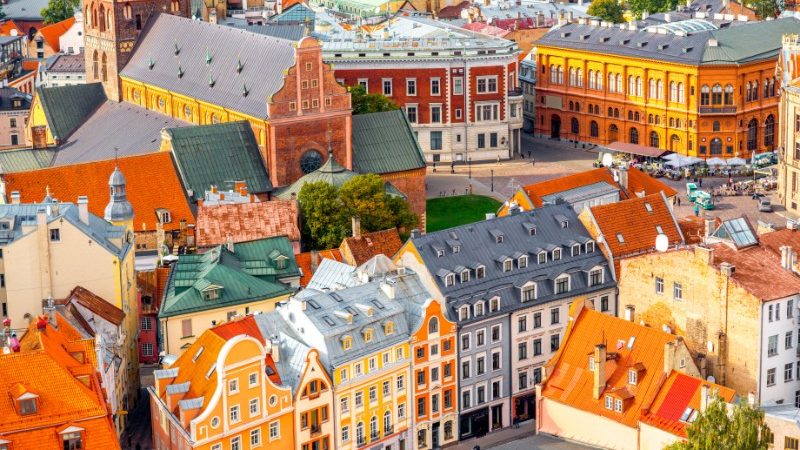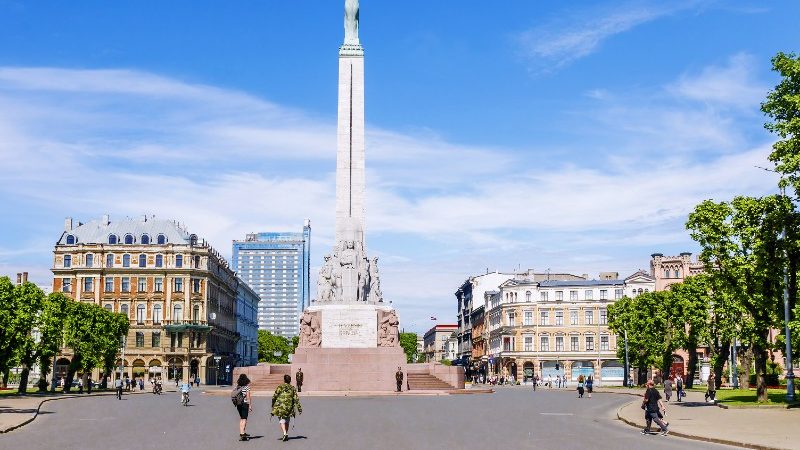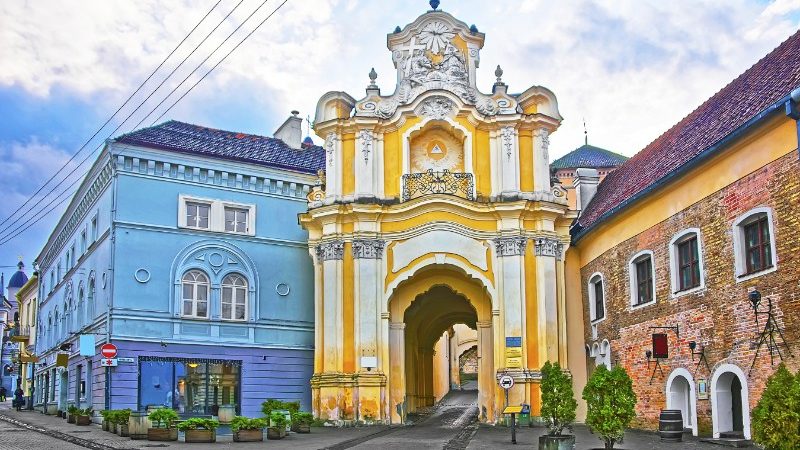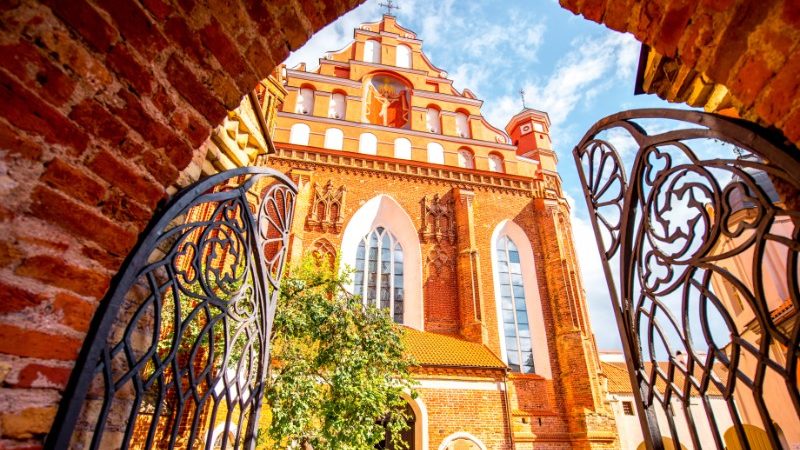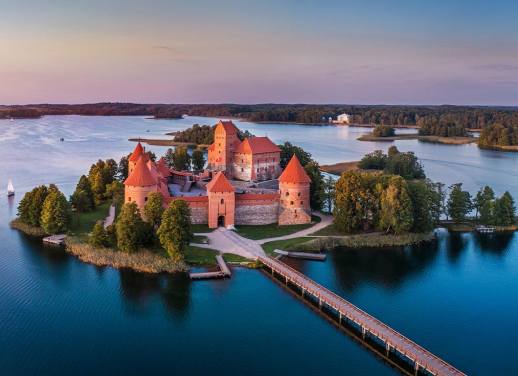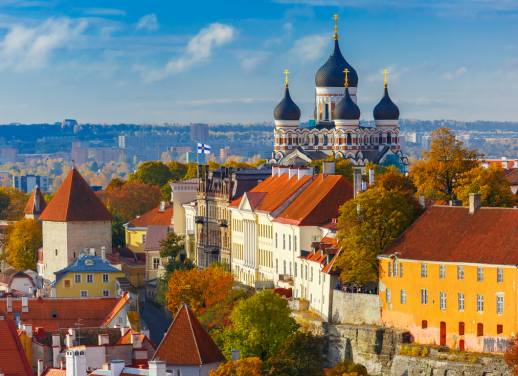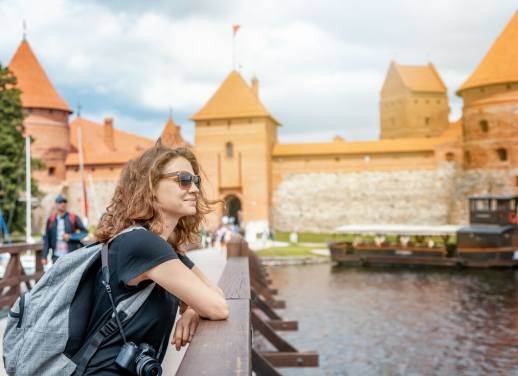Nestled around the Baltic Sea, Estonia, Lithuania and Latvia make up Europe’s stunning Baltic region; and they’re some of the most beautiful countries in the world. Yeah yeah, we know it’s a big call…
But when you combine fairytale-esque architecture (you almost expect to see Rapunzel letting down her hair in those towers), tasty food, friendly people and incredible culture, it’s easy to see why.
So when it comes to exploring, where should you start?
Here are the 3 Baltic capitals
Tallinn, Estonia – The Medieval Fairy-Tale
Tallinn, the capital of Estonia and the most northerly of the Baltic cities, is located on the Baltic Sea’s Bay of Finland. It has a busy port and has frequent ferry connections to its Scandinavian neighbours Finland and Sweden, as well as bus and train connections to St Petersburg in Russia. The close proximity of its neighbours is evident, in both culture and history. While the spoken language is closely related to Finnish, the significant minority of Russian speakers (37%) give the city a cosmopolitan feel.
The historical centre is completely surrounded by medieval town walls, interspersed with circular watch towers – that conjure images of Rapunzel letting down her hair – some of which are open to visitors. The upper town, originally home of the upper classes, is now the seat of the government of Estonia, and is considered the heart of the country. Tallinn’s Old Town is one of the best preserved medieval cities in Europe and is listed as a UNESCO World Heritage Site.
Did you know? Tallinn is sometimes referred to as the Silicon Valley of Europe, with the city being home to the EU’s IT agency, and Skype (the software was created by three locals). Tallinn has the highest number of start-up companies per capita of any European city, many of which originate from the Soviet-era Institute of Cybernetics.
RELATED: 8 PLACES YOU DIDN’T KNOW YOU NEEDED TO SEE IN EUROPE
Riga, Latvia – The Raucous Art-Nouveau Collection
The largest of the three Baltic capitals, Latvia’s Riga is well known for its beautiful Art Nouveau architecture, believed to be the largest collection of buildings of this style in the world. In the early 20th century, between 300 and 500 new buildings were constructed each year, melding with earlier architectural styles, such as the medieval guildhalls, in the Old Town. Later additions are the Socialist Classicist Academy of Sciences and the Stalinist Brutalist TV Tower, which now complement the skyline.
Similar to Tallinn, Riga has a significant Russian-speaking minority, and was subject to heavy Russian gentrification during Soviet times. The history of occupation is explained in the brilliant Museum of the Occupation of Latvia 1940-1991, which also includes a chapter on Latvia’s Nazi occupation during WWII. One thing not to be missed is a visit to Riga’s eclectic central market, housed in and around former zeppelin hangars; it’s one of the largest markets in Europe, and offers just about anything you could possibly want.
Did you know? The tailor Jakobs Jufess (commonly known as Jacob Davis after he immigrated to America) was born in Riga. He is credited with the invention of denim jeans after he was asked by one of his clients to create a strong pair of trousers in 1870. Two years later, he patented the product, with the help of legendary Levi Strauss.
Vilnius, Lithuania – The Quirky Baroque Masterpiece
Vilnius, the capital of Lithuania and the only Baltic capital without a sea port, is the cool kid on the block. With about 10 per cent of the population being students, the city has a decidedly young and bohemian feel about it. The old town is peppered with many examples of beautiful baroque architecture, with the Church of St Casimir the oldest of the city’s 65 churches. Lithuania’s history is slightly different compared to the other Baltic States, and runs parallel with Polish history for over 400 years. Vilnius is also the Baltic capital with the most homogeneous population, with 64 per cent being Lithuanians.
RELATED: WHY VILNIUS IS EUROPE’S NEXT HOTTEST CITY BREAK
While the subject matter is very grim, a visit to the Museum of Genocide Victims is a very interesting day out. Housed in the former KGB headquarters of Vilnius, the museum is dedicated to the Soviet occupation, Lithuanian resistance, and the victims of deportations and executions during that time. Execution rooms and torture chambers are open to the public to give the visitor an idea of the atrocities committed.
Did you know? In 1997, locals founded the tongue-in-cheek independent ‘Republic of Uzupis’ in the old town district of the same name. It has been likened to Freetown Christiania in Copenhagen, and is home to many artists; it even has its own army (currently made up of 11 men), anthem, and constitution. One of the articles of the constitution reminds us that ‘a dog has the right to be a dog’, and that ‘people have the right to be happy’. The main square of Uzupis is host to a statue of Frank Zappa, the only one in the world.
Visit all three of these incredible Baltic capitals – along with other highlights of the region – on Intrepid’s 15-day Baltic Experience.
Feature image by Dmitry Tkachenko Photo, Shutterstock

